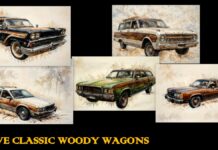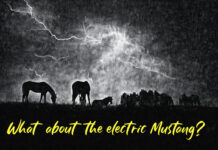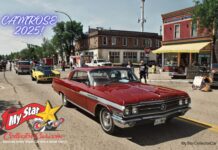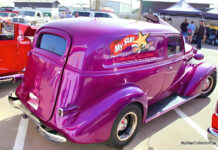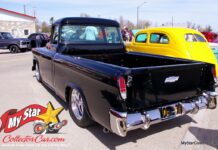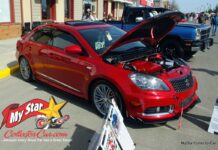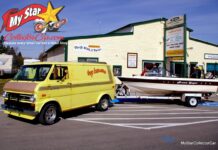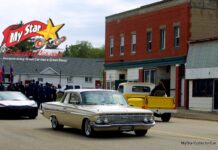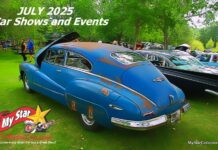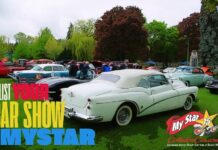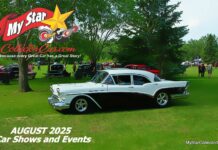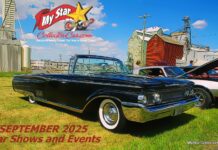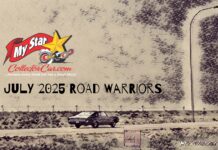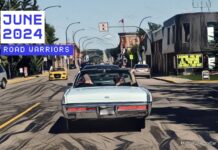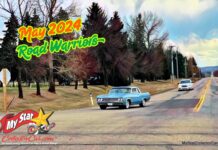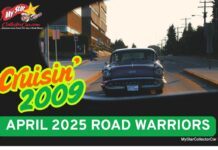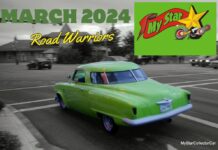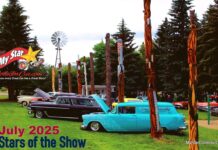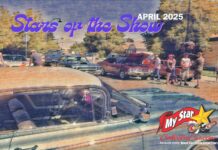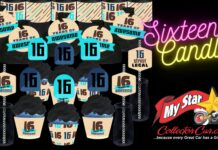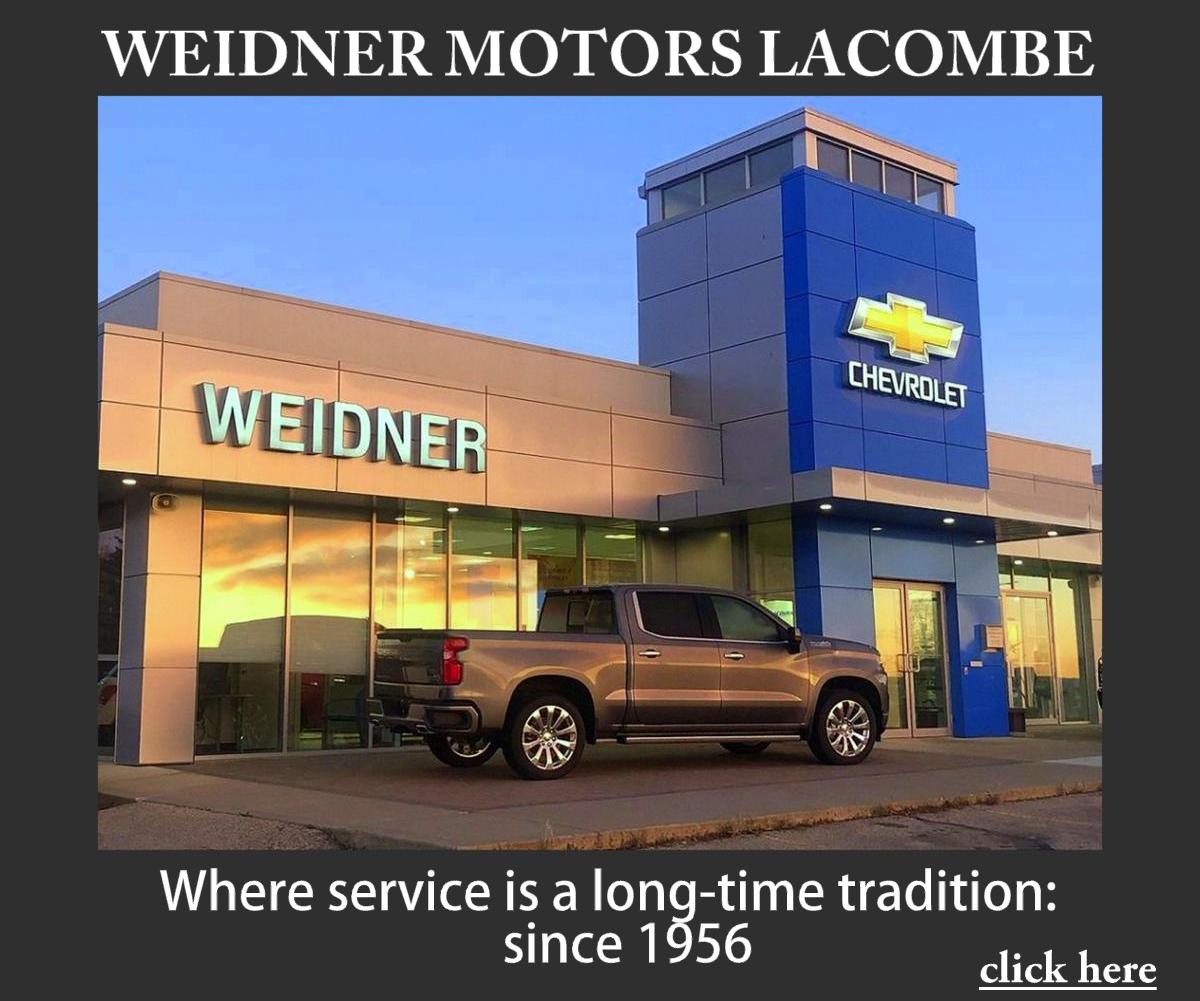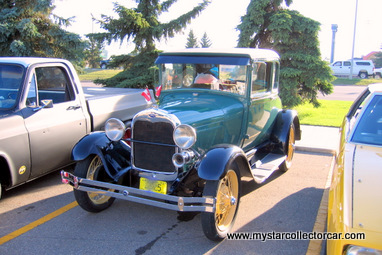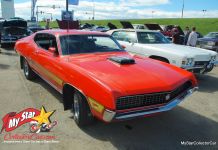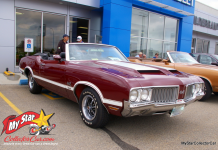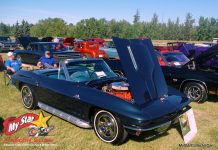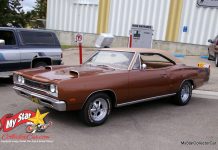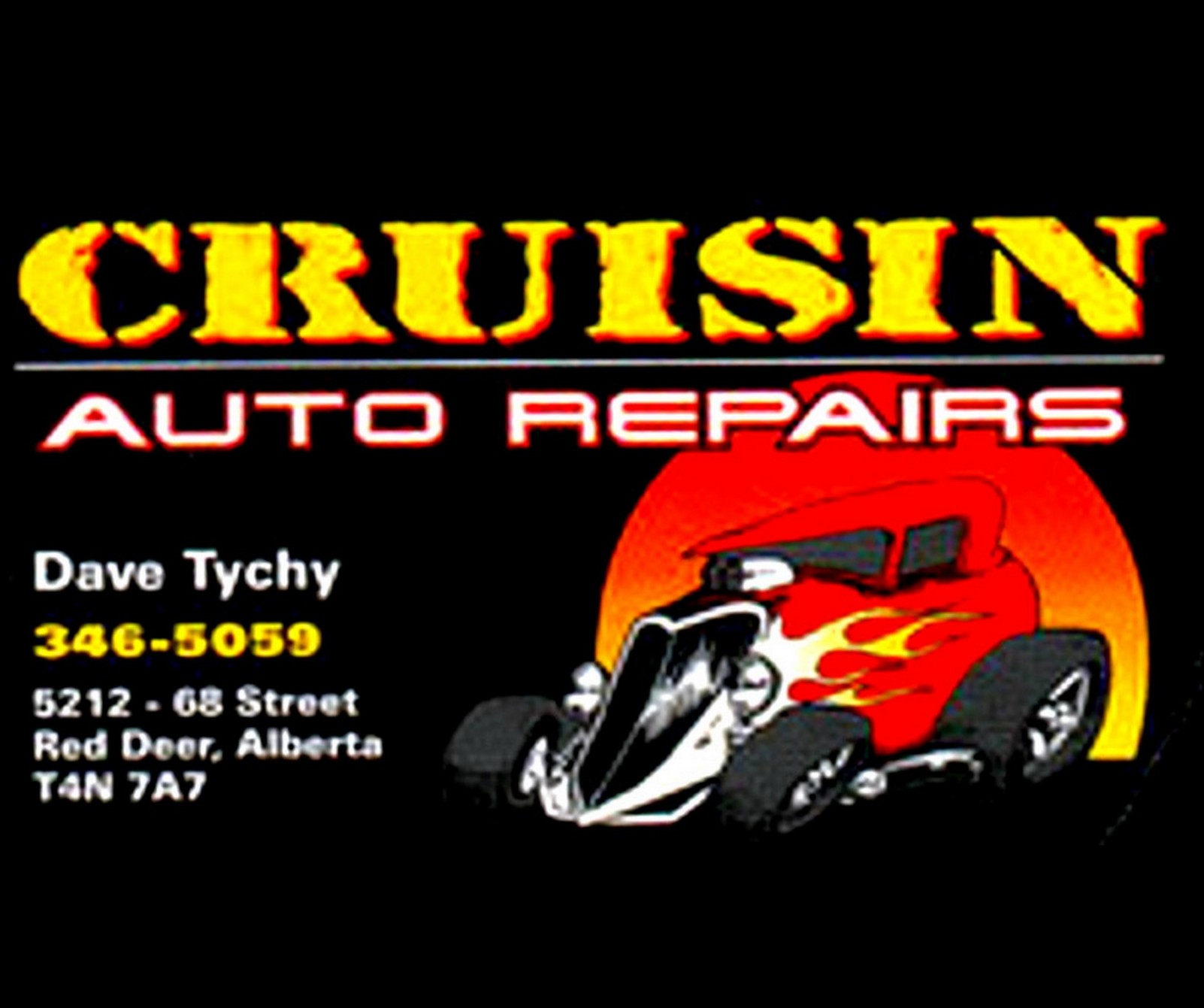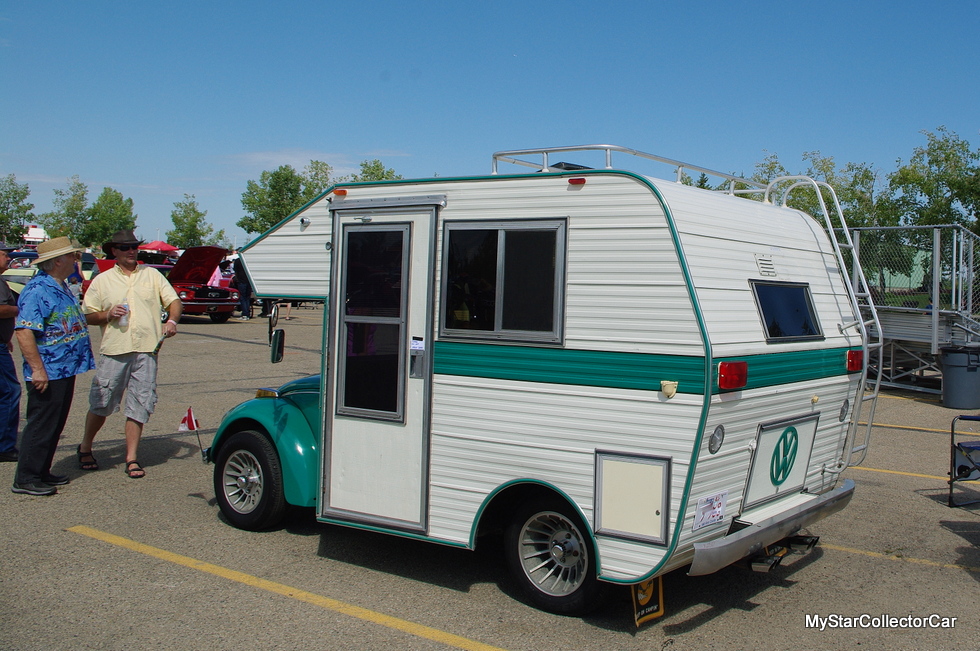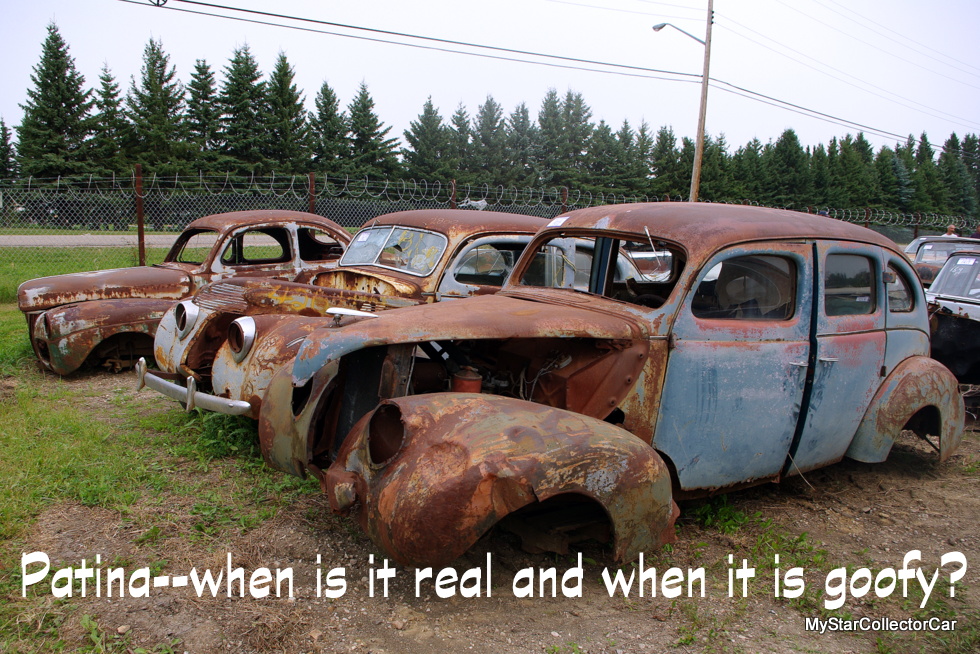I’ve seen thousands of customs and street rods over the years, but very few capture the vibe of the late 50s custom wheels.
Mags and other performance wheels took off in the 60s because street rods were built to look cool—but perform.
The late 50s school custom was built for form—not function.
Jerry Sutherland

Street rod and custom guys in the late 50s were scavengers, so if a full wheel cover fit, it didn’t matter if it was from a Ford, Chevy or Plymouth. It didn’t stop there because custom guys used full wheel covers as a base for something far more creative than a Ford or Plymouth full wheel cover.

The November 1958 copy of ‘Rodding and Re-styling’ featured an article called ‘Hub Cap and Spinner Round-up’. ‘Rodding and Re-styling’ was an East Coast magazine that ran from 1955-66. It was one of many similar magazines of the era dedicated to the street rod culture, so it’s great reference material.

Bullets were another custom touch to wheel covers back in 1958. A bullet is exactly what it sounds like—a chromed, bullet-shaped addition to the center of a wheel cover.

They used a ’55 Dodge Lancer wheel cover with a ’56 Buick bumper bullet as an example.
‘Rodding and Re-styling’ showed a 1956 Plymouth wheel cover with a chromed bullet as another example.

It added a definite touch of class.
They also showed a ’58 Plymouth full wheel cover with chromed bullets formed from copper—and flippers.

The key to building a cool wheel cover back in ’58 started with flippers—also known as Hollywood Spinners. Basically, a flipper is an added bar (or bars) to a full wheel cover.
The flippers turned the humble factory wheel covers into a work of art.
An Olds Starfire wheel cover provided another great example of extensive flipper bars.

This was a clear example how well late 50s customs transformed a humble factory piece into a personal statement.
Tri-prop spinners were another full-time obsession for cars guys in the late 50s and this is a good example.

They were a period-correct item that told the world—my car has more cool factor than yours.
Suppliers also had retail versions of custom wheel covers—this National Wheel Cover item is a great example.

This is the route I would choose because it’s clean, simple and didn’t require welding skills—huge assets in my world
Here’s another example of a 3-bar ’58 Oldsmobile wheel cover.

Many people would argue that a ’58 Olds wheel cover is exotic enough on its own, but the 3-bar touch made a custom more unique.
This three-prop wheel cover on a street rod demonstrates where street rod culture was in 1958.

The car wasn’t enough—the three-prop was mandatory back in ’58.
This is an example of a recessed moon wheel cover.

A recessed moon wheel cover was less common back in 1958, so these add-ons told the world the owner was a detail guy.
Moon discs were pretty common in ‘58–at least with custom and street rod guys.

This is a timeless look for me because I associate the smooth wheel cover look with legendary Bonneville Salt Flats speed runs.
Some car guys liked the spun finish on moon discs almost 70 years ago.

So do I—it’s a cool touch.
This is an example of flippers on a Ford cap with spinners and spider webs.

That’s a package that still works for me decades later.
The last example is a moon disc on a Ford truck.

This is another home run in my opinion, because it’s a classic look on a classic truck.
What does this tell us about late 50s custom touches? We need to see more of them in the 21st century because the cool factor is timeless.
Jerry Sutherland
By: Jerry Sutherland
Jerry Sutherland is a veteran automotive writer with a primary focus on the collector car hobby. His work has been published in many outlets and publications, including the National Post, Calgary Herald, Edmonton Journal, Ottawa Citizen, Montreal Gazette, Saskatoon StarPhoenix, Regina Leader-Post, Vancouver Sun and The Truth About Cars. He is also a regular contributor to Auto Roundup Publications.
- CLICK HERE TO SIGN UP FOR THE NEWSLETTER
- CLICK HERE to Like us on Facebook
- CLICK HERE to Follow us on Twitter
- CLICK HERE to Follow us on Pinterest





